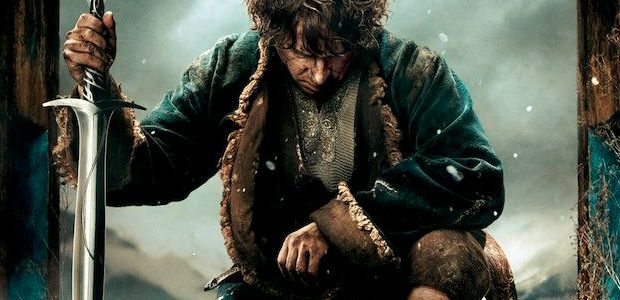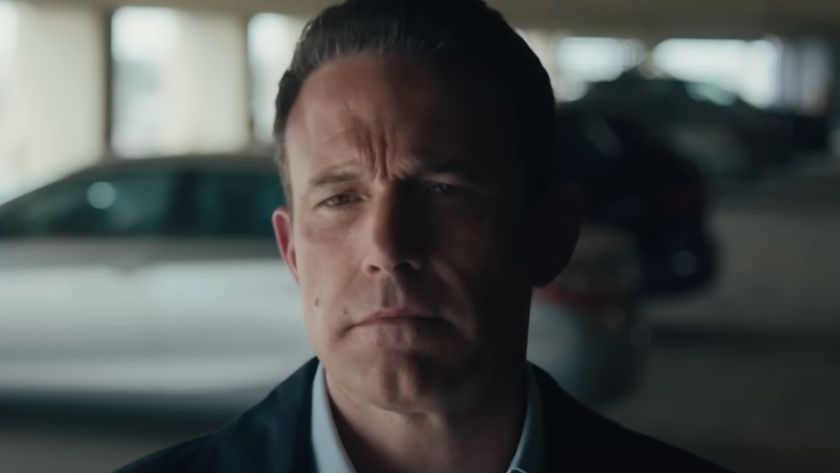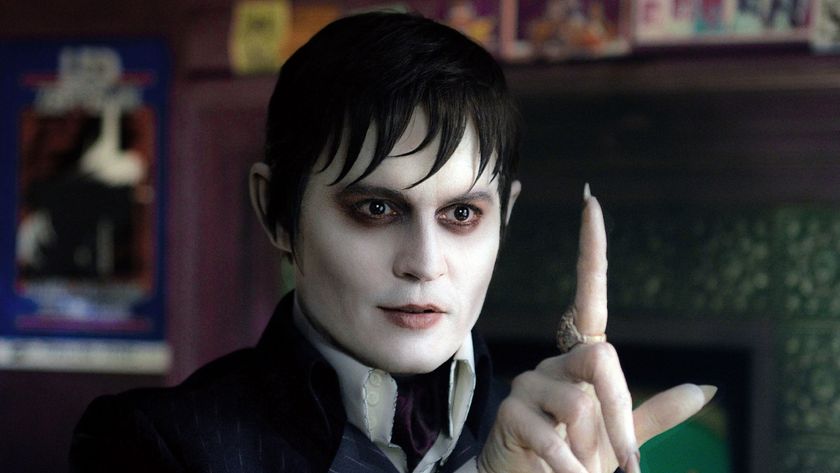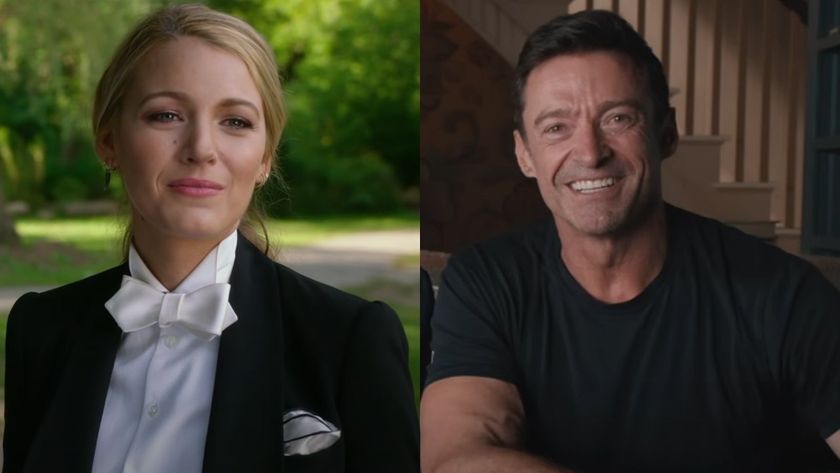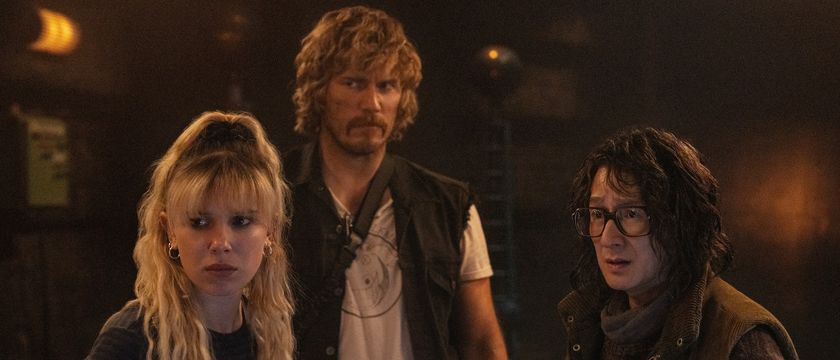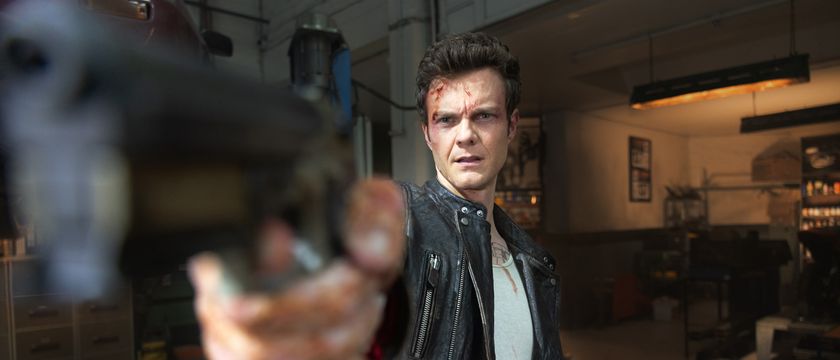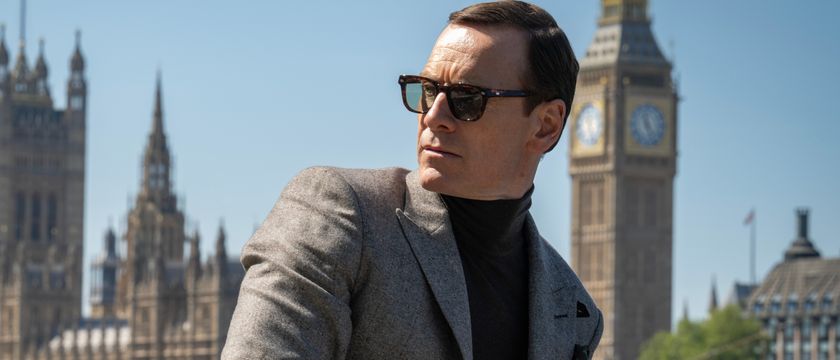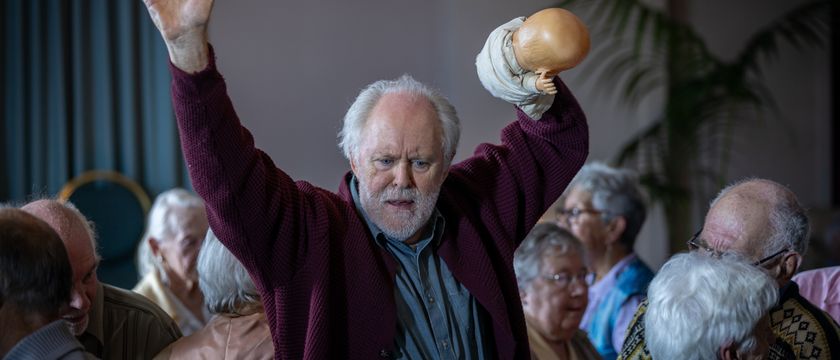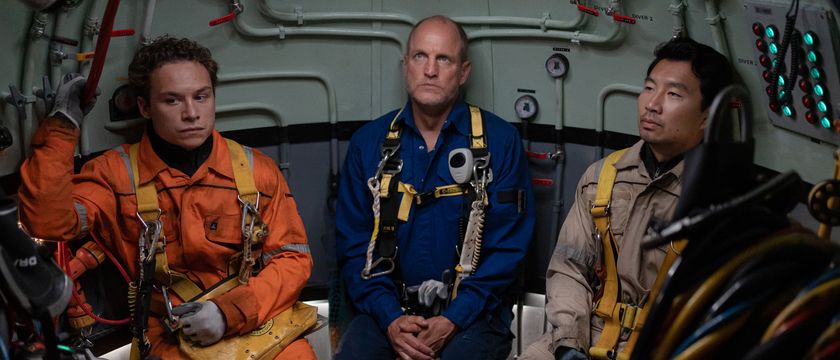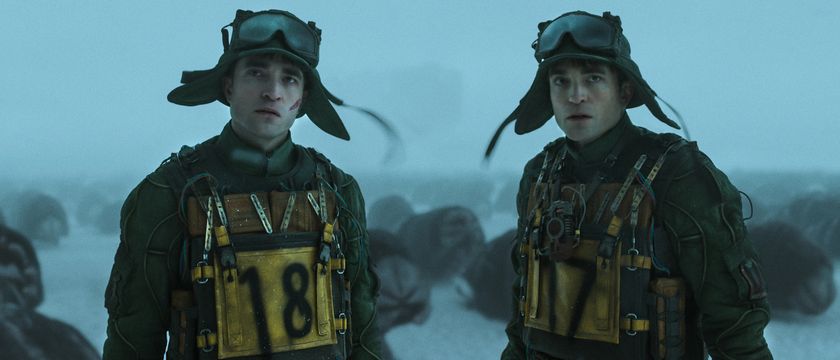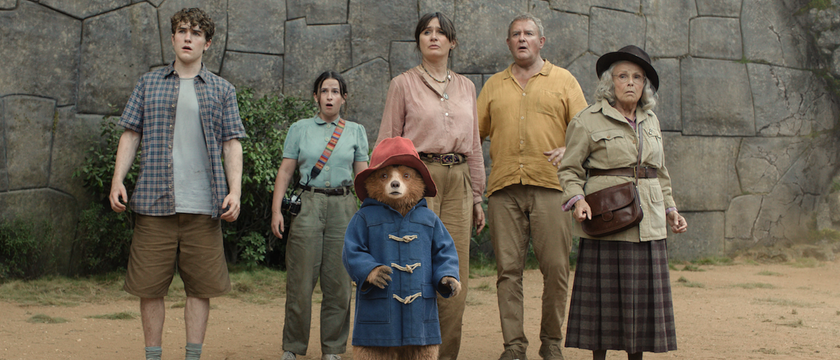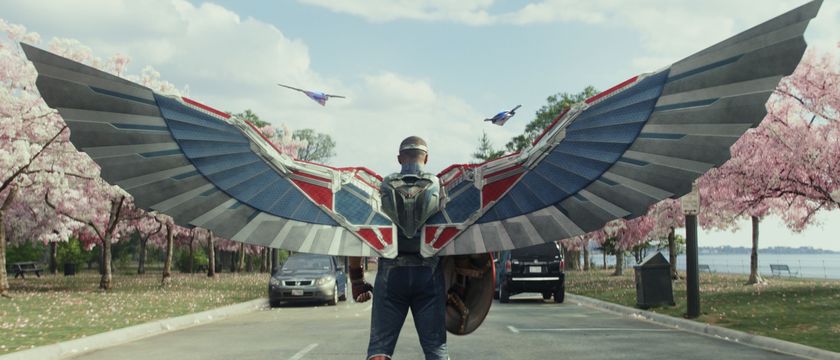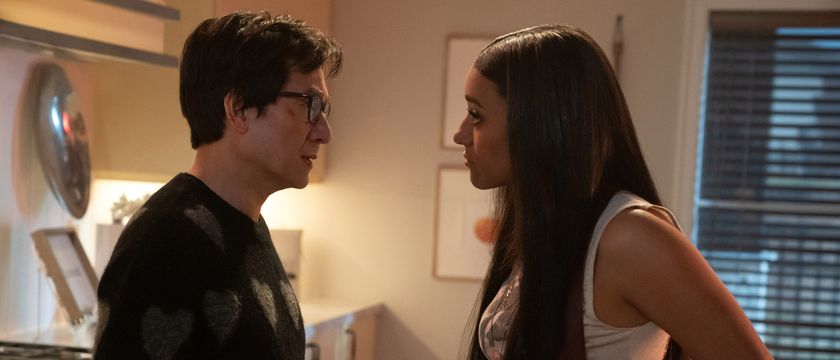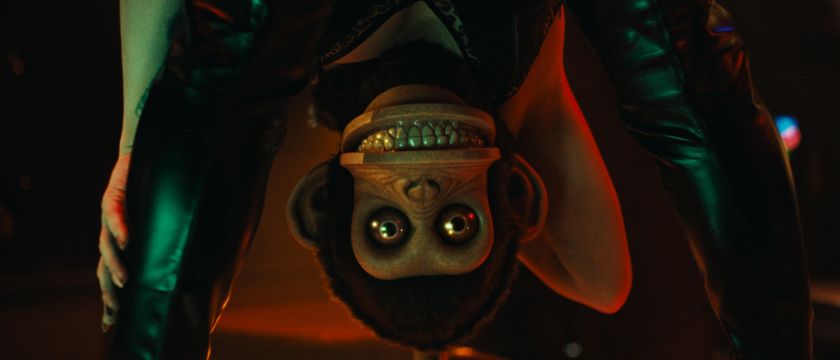When The Hobbit began its journey to become a motion picture adaptation, only two films were planned: 2012's The Hobbit: An Unexpected Journey and The Hobbit: There And Back Again. Soon enough though, Peter Jackson expanded the series into a trilogy with last year's The Hobbit: The Desolation Of Smaug, as well as changed the title of the final film to The Hobbit: The Battle Of The Five Armies. There have been some grumbles from fans about that decision, but regardless, it’s safe to say The Hobbit: The Battle Of The Five Armies brings the Middle-earth Saga to a favorable conclusion.
Picking up where The Hobbit: The Desolation Of Smaug ends, we actually see said desolation take place - but it quickly gives way to the final film's main narrative thrust. With the kingdoms of Man and Elves trying to settle the promises that Thorin Oakenshield (Richard Armitage), made in the previous installments, the newly crowned dwarf king opts to let the kingdoms fend for themselves. He has his gold, and as soon as he finds the Arkenstone, he'll be content to just lord over the mountain. Of course, the Orc armies, lead by Azog The Defiler, have other plans for the newly reclaimed territory.
The Hobbit: The Battle Of The Five Armies is the undeniably the best of the trilogy, as it's not only a film in perpetual motion, but it's also a lean and quick experience that packs every moment with purpose. If The Hobbit trilogy had stayed on the two picture plan, Peter Jackson could have maintained his Middle-earth winning streak, as The Hobbit: An Unexpected Journey had a great narrative set up that pushed everything into motion. You can tell watching this film that The Hobbit series could have been a lean beast of action and purpose if it hadn't added so much total screentime, because if you break up elements of The Hobbit: The Desolation Of Smaug between the opening and closing installment, you could have had two really good three plus hours films.
A discussion of The Hobbit: The Battle Of The Five Armies is incomplete without evaluating the 45 minute titular battle that unfolds in the films third act, Suffice it to say, the Battle Of The Five Armies is reminiscent of the Battle of Minas Tirith that The Lord Of The Rings: Return Of The King sported. This is where Peter Jackson and company soar in this particular film, as the action has the right amount of set up and physical combat. Though it's no surprise that Orlando Bloom's Legolas is one of the MVP's here, Richard Armitage's Thorin gets in a spectacular climactic battle with Azog The Defiler as well.
The only detraction to The Hobbit: The Battle Of Five Armies is that it seems to shoe horn too much of the already overstuffed cast into the film. In particular, Cate Blanchett, Christopher Lee, and Hugo Weaving all have a minimal amount of screen time in a battle that, while impressive, really should have been kept with the rest of the Gandalf/Necromancer material that The Desolation Of Smaug carried. Also, Billy Connolly is beautifully typecast as Thorin's cousin Dain Ironfoot, but again his stunt casting is only worth a paltry amount of screen time.
Minor griping aside, The Hobbit: The Battle Of Five Armies is a success that brings the Tolkien Estate's film dealings with Peter Jackson to a triumphant close. While The Lord Of The Rings is the more well groomed trilogy of the two, The Hobbit will still make for a perfect all-weekend binge with its storytelling successor.

Mike Reyes is the Senior Movie Contributor at CinemaBlend, though that title’s more of a guideline really. Passionate about entertainment since grade school, the movies have always held a special place in his life, which explains his current occupation. Mike graduated from Drew University with a Bachelor’s Degree in Political Science, but swore off of running for public office a long time ago. Mike's expertise ranges from James Bond to everything Alita, making for a brilliantly eclectic resume. He fights for the user.
